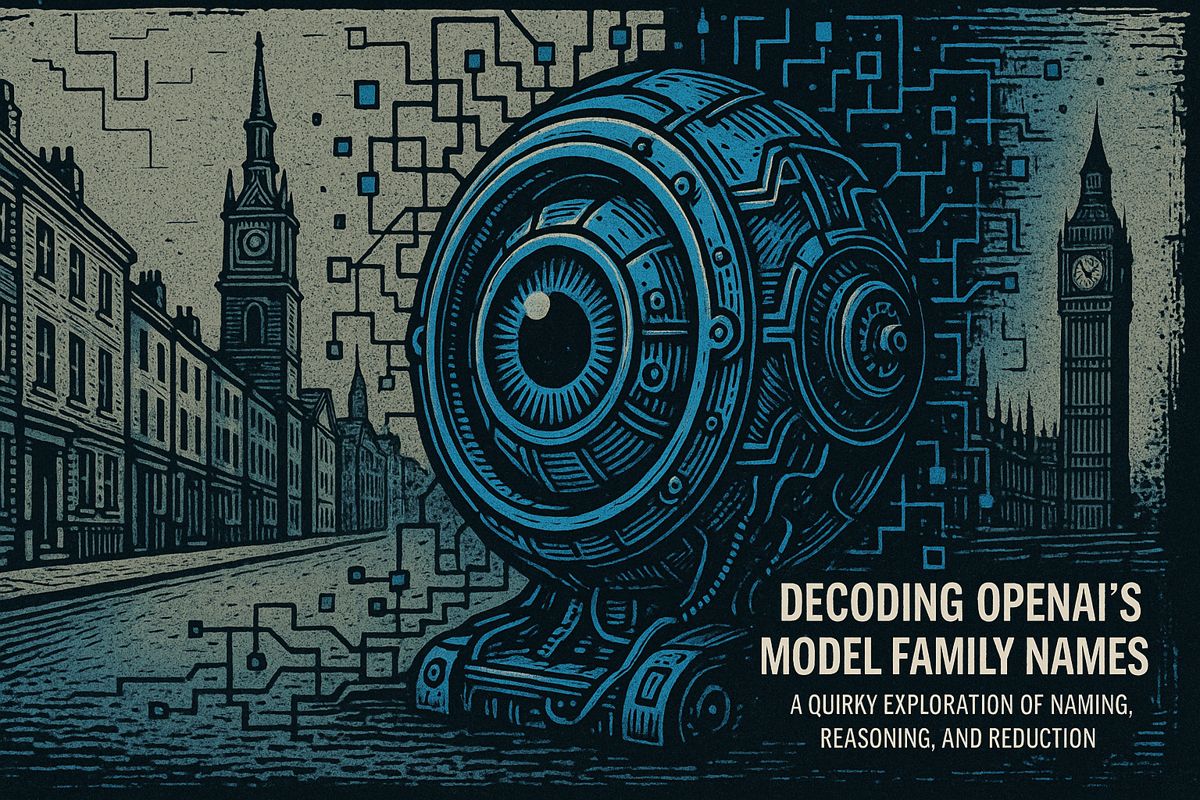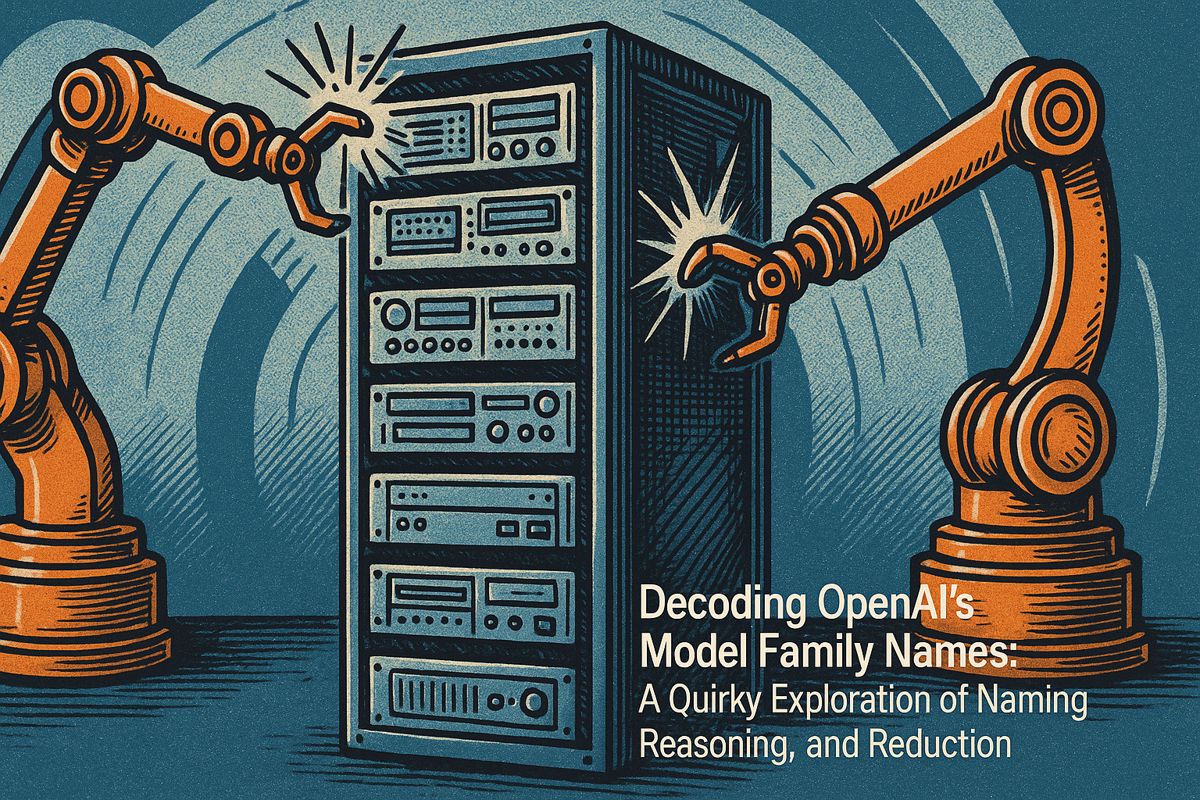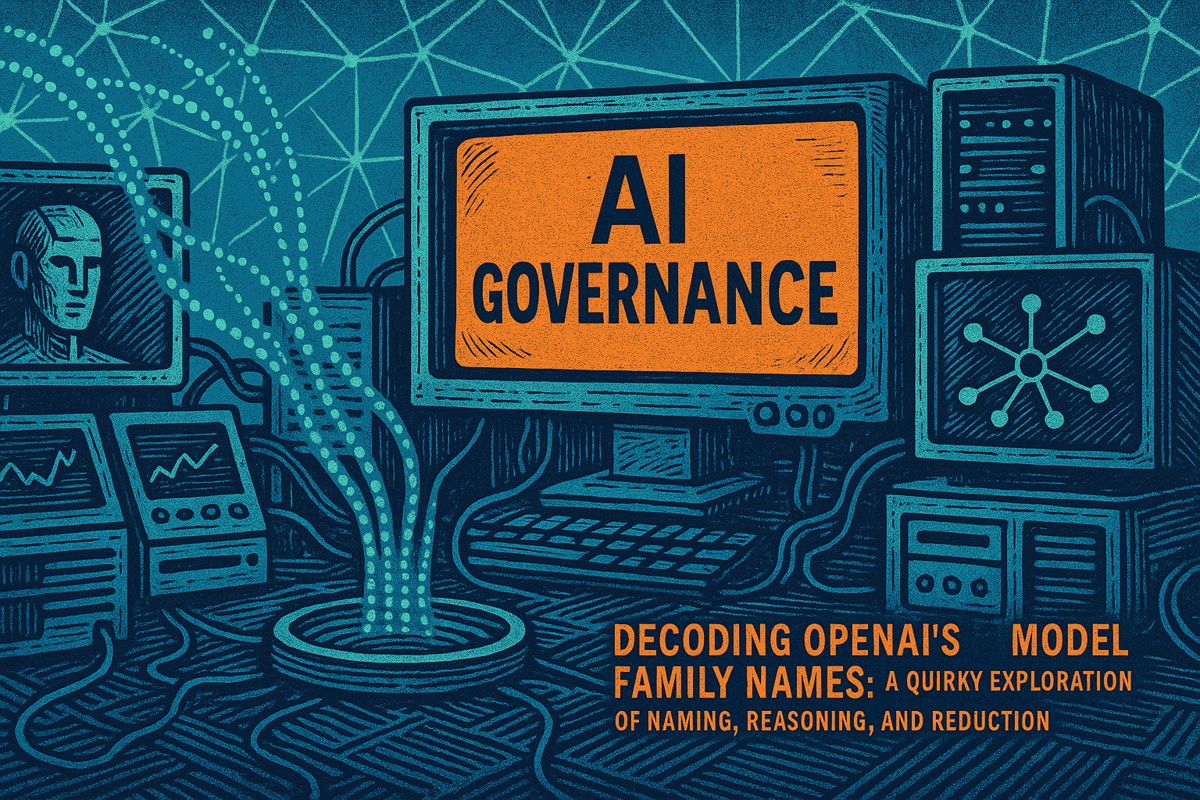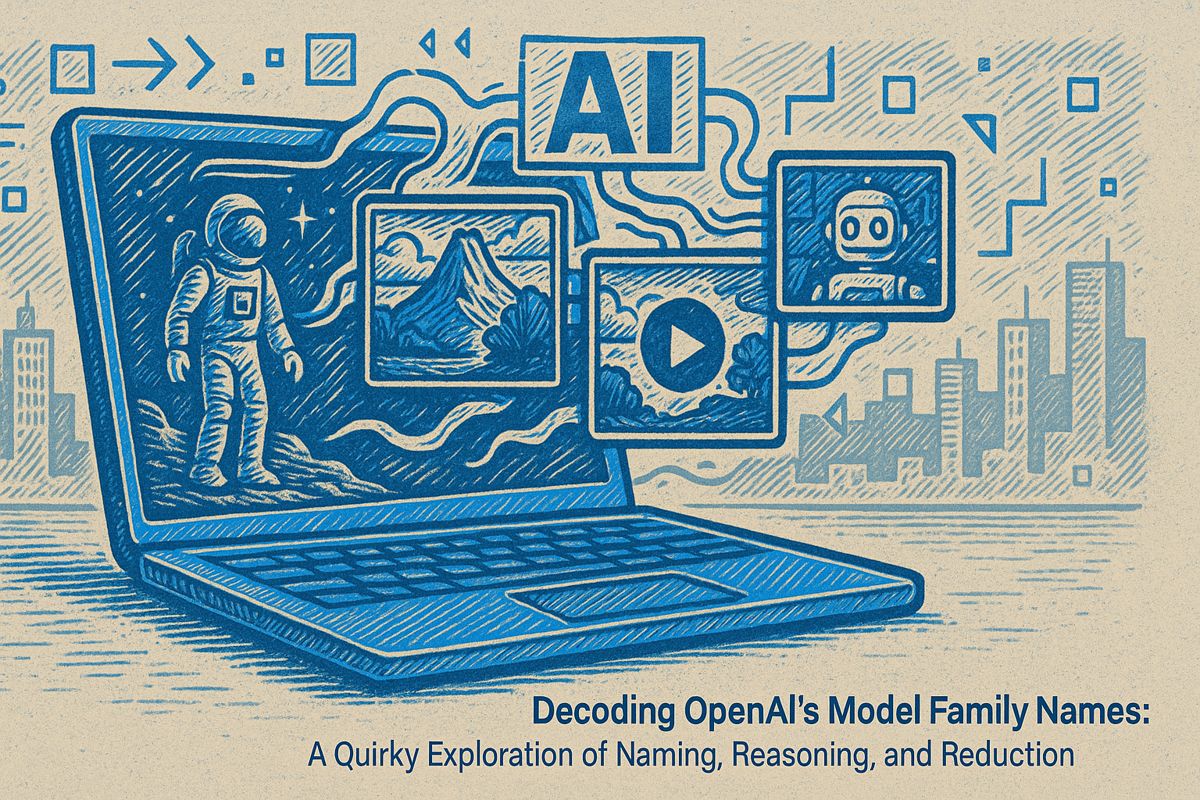Here’s the text with the most important phrase in bold markdown:
ElevenLabs transformed their marketing workflow using AI tools, slashing $140,000 in annual costs through innovative strategies like custom GPTs and automated translations. By leveraging AI for tasks like content creation, customer support, and localization, they streamlined processes while maintaining high-quality output. Their approach involved open-sourcing technologies, investing in prompt engineering, and treating every update as a potential launch. The team’s commitment to automation and continuous improvement helped them grow from $25 million to $90 million in annual recurring revenue in just one year. Their success demonstrates the powerful potential of integrating AI technologies into marketing operations.
How Did ElevenLabs Save $140,000 Using AI Marketing Tools?
ElevenLabs leveraged AI-powered tools to transform marketing workflows, reducing annual costs by $140,000. By implementing custom GPTs, automated translations, and WhatsApp integrations, they streamlined content creation, customer support, and localization processes while maintaining high-quality output.
Grit, Guts, and the Hum of the Machine
Sometimes the best strategies aren’t found in glossy slides or whispered in conference rooms. They’re built in public, a little rough around the edges, shaped by failures and caffeine. When I stumbled across Luke Harries’ deep dive into ElevenLabs’ AI marketing stack, I felt a jolt of recognition. There it was: a no-nonsense case study, dissecting exactly how a small team with big ideas squeezed six-figure savings – $140,000 a year, to be exact – from generative AI. My mind flashed back to my own years wrestling with Excel sheets and a bottomless inbox. Can we have this by EOD? That old refrain. The memory made me smile and, I’ll admit, cringe a little.
Step into that world for a moment. Picture a marketing lead who’s half hacker, half storyteller, and fully obsessed with pruning away busywork. Harries doesn’t spin a fantasy about effortless, unicorn growth. Instead, he lays it bare: translation, case study drafting, lead management—bits of the job that chew up time and patience—are now handled mostly by machines. Even the occasional pizza order is automated, just for kicks. There’s a tactile energy to it all—the gentle whir of a laptop fan, the sharp scent of burnt espresso, and the pulse of Slack notifications.
But let’s get down to brass tacks. The meat and potatoes, as it were.
The Bones of an AI-Powered Workflow
Consider this: ElevenLabs slashed over $140,000 from their annual costs by ditching pricey translation agencies and rolling out their own AI translation engine. Not only did they keep the savings, but in an uncharacteristically generous move for the SaaS world, they open-sourced the whole system. (If you’ve ever gotten a “not sharing proprietary” reply, you’ll get why that’s wild.) It’s a bit like handing out your secret chili recipe at the neighborhood cook-off. What’s the catch? There isn’t one.
Meanwhile, their team leverages custom GPTs and a tool called Granola to transform raw customer interview transcripts into polished case studies in minutes, not the usual days. Anyone who’s ever tried herding quotes, edits, and approvals into a single document can appreciate the sheer relief in that. The process is like watching a sculptor chip away marble—except the AI does the heavy lifting, and you get to add the finishing touches. (Every so often, I still second-guess the idea that bots can write better than I can. Old habits.)
Then there’s the Model Context Protocols, or MCPs, which sound arcane but are really the connective tissue letting AI assistants chat on WhatsApp, automate demo requests, and answer customer questions. It’s a circus, but with fewer clowns and more precision. The company’s even given the open-source keys to the kingdom, inviting anyone to remix their WhatsApp workflows. Ever run support on WhatsApp? It’s chaos. But, as the saying goes, order can emerge from chaos—if you automate.
Mindset Shifts and Marketer Makeovers
What about the team’s “everything is a launch” mentality? It’s the marketing equivalent of turning every Tuesday into a holiday. Most companies treat launches like rare meteor showers—exhausting, infrequent, hyped to the skies. At ElevenLabs, every tweak, every update is fair game for the spotlight. The drumbeat never slows. It’s a little like jazz improv: repetition, variation, the odd sour note, and always momentum.
Prompt engineering, rather than endless editing, is their secret sauce. Instead of treating the AI as a junior who needs constant corrections, they invest in crafting instructions that work right out of the gate. It’s a bit like tuning a radio—turn the dial just so, and you get clarity. Miss, and it’s just static. I used to think you could polish mediocre AI output forever; now, I see the wisdom in Harries’ approach. Get it right upfront, or risk circling the revision drain.
Harries makes a strong case for marketers learning to code—at least a little. With tools like Cursor, even non-coders can whip up automations that used to be the domain of engineers. The barrier to entry is lower than ever. I’m reminded of that time I tried to write my first Python script; it failed spectacularly, but I learned enough to never fear the terminal again. Frustration, then pride. Progress.
Community, Curiosity, and the Power of Open Doors
Perhaps most refreshingly, ElevenLabs doesn’t hoard their advances. By open-sourcing their WhatsApp MCP integration and translation tools, they invite experimentation—a kind of digital potluck. The best ideas, after all, often come from unexpected places: a lone developer in Porto Alegre, a team at ByteDance, or a sleep-deprived marketer in New York. Innovation, like yeast, needs air.
And the results? They speak almost too loudly. A publisher using ElevenLabs’ voice AI managed to localize audio content in five languages, slashing time-to-market by 65%. The company itself vaulted from $25 million to $90 million in ARR within a single year, serving over a million users, including an impressive slice of the Fortune 500 (source). Impressive, yes, but I can’t help but ask—is growth always this neat? Still, the numbers taste real.
So, how does it all feel? There’s a certain electric anticipation in the air. The sense that, just maybe, the old playbook is ending. My own doubts linger—will this scale, will it all break, will the next marketing stack need to be even cleverer



















